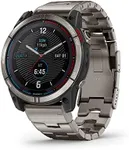Buying Guide for the Best Garmin GPS Devices For Boats
Choosing the right Garmin GPS device for your boat can significantly enhance your navigation experience, ensuring safety and efficiency on the water. When selecting a GPS device, it's important to consider various specifications that will meet your specific needs and preferences. Understanding these key specs will help you make an informed decision and find the best fit for your boating adventures.Screen SizeThe screen size of a GPS device is crucial as it determines how easily you can view maps and data. Larger screens (7 inches and above) provide better visibility and are ideal for larger boats or when you need to see detailed information at a glance. Medium screens (5-7 inches) offer a balance between visibility and portability, suitable for mid-sized boats. Smaller screens (under 5 inches) are more compact and portable, making them a good choice for smaller boats or kayaks. Consider your boat size and how much detail you need to see when choosing the screen size.
Chartplotter FunctionalityChartplotter functionality integrates GPS data with electronic charts, providing a visual representation of your boat's position on a map. This feature is essential for precise navigation and avoiding hazards. High-end devices offer advanced chartplotter features like 3D views and detailed coastal maps, which are beneficial for complex navigation routes. Basic chartplotters provide essential mapping and are suitable for simpler navigation needs. Determine the complexity of your navigation routes and choose a device with the appropriate level of chartplotter functionality.
Sonar CapabilitiesSonar capabilities allow you to see underwater structures and fish, which is particularly useful for fishing enthusiasts. Devices with advanced sonar features like CHIRP sonar and ClearVü/SideVü scanning provide detailed images of the underwater environment. Basic sonar features are sufficient for general navigation and casual fishing. If fishing is a primary activity, opt for a device with advanced sonar capabilities. For general boating, basic sonar features will suffice.
Connectivity OptionsConnectivity options such as Wi-Fi, Bluetooth, and NMEA 2000 compatibility allow your GPS device to connect with other marine electronics and mobile devices. This enables features like real-time weather updates, route sharing, and integration with autopilot systems. High connectivity is beneficial for tech-savvy users who want to integrate their GPS with other devices. If you prefer a straightforward setup, basic connectivity options will be adequate. Consider how much integration you need with other devices when choosing connectivity options.
Durability and Waterproof RatingDurability and waterproof rating are important for ensuring your GPS device can withstand harsh marine environments. Devices with higher waterproof ratings (IPX7 and above) can handle being submerged in water and are ideal for open boats or rough conditions. Lower ratings are suitable for enclosed cabins or calmer waters. Assess the typical conditions you will encounter and choose a device with the appropriate level of durability and waterproofing.
User Interface and Ease of UseThe user interface and ease of use determine how quickly and efficiently you can operate the GPS device. Intuitive interfaces with touchscreens and simple menus are easier to navigate, especially for beginners. More complex interfaces with customizable settings are suitable for experienced users who want more control over their device. Consider your level of experience and preference for simplicity or customization when evaluating the user interface.




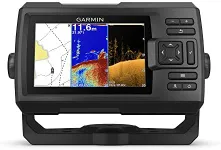
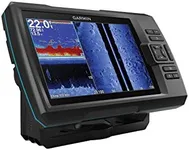

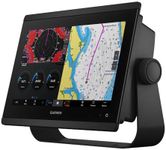


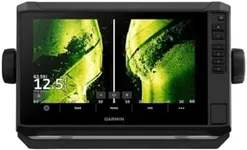
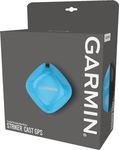

![Garmin ECHOMAP Ultra 126sv Chartplotter with GT56UHD-TM Transducer [010-02529-51]](https://images-proxy.bestreviews.guide/JKuhaGM8Ed3qrHk4LTJYJwn8w4g=/0x150/https://m.media-amazon.com/images/I/41MGqKxL6+L._AC_CX679_.jpg)

